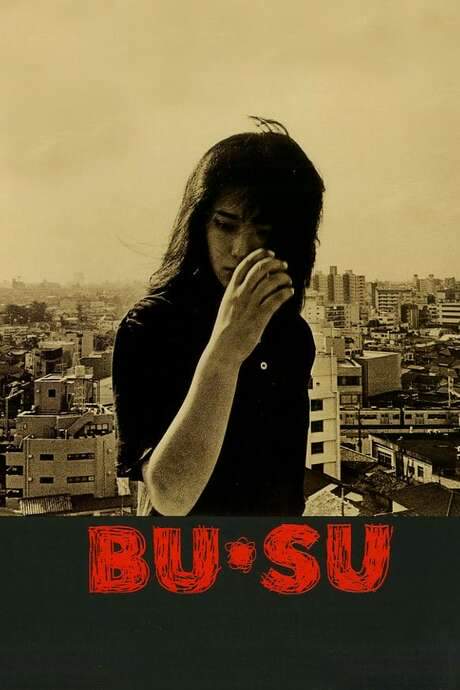
BU・SU
Year: 1987
Runtime: 95 mins
Language: Japanese
Director: Jun Ichikawa
At 18, Mugiko leaves her bleak village for Tokyo, hoping a new life in her aunt’s geisha house will bring freedom. As the daughter of a once‑renowned geisha, she inherits the right—and pressure—to master the centuries‑old disciplines of classical Japanese song and dance, while confronting the expectations of tradition and her own yearning for independence.
BU・SU (1987) – Summary Coming Soon
We’re working on a full plot summary and ending explanation for BU・SU (1987). Check back soon—or request it now to help us prioritize it.
Unlock the Full Story of BU・SU
Don't stop at just watching — explore BU・SU in full detail. From the complete plot summary and scene-by-scene timeline to character breakdowns, thematic analysis, and a deep dive into the ending — every page helps you truly understand what BU・SU is all about. Plus, discover what's next after the movie.
BU・SU Timeline
Track the full timeline of BU・SU with every major event arranged chronologically. Perfect for decoding non-linear storytelling, flashbacks, or parallel narratives with a clear scene-by-scene breakdown.



